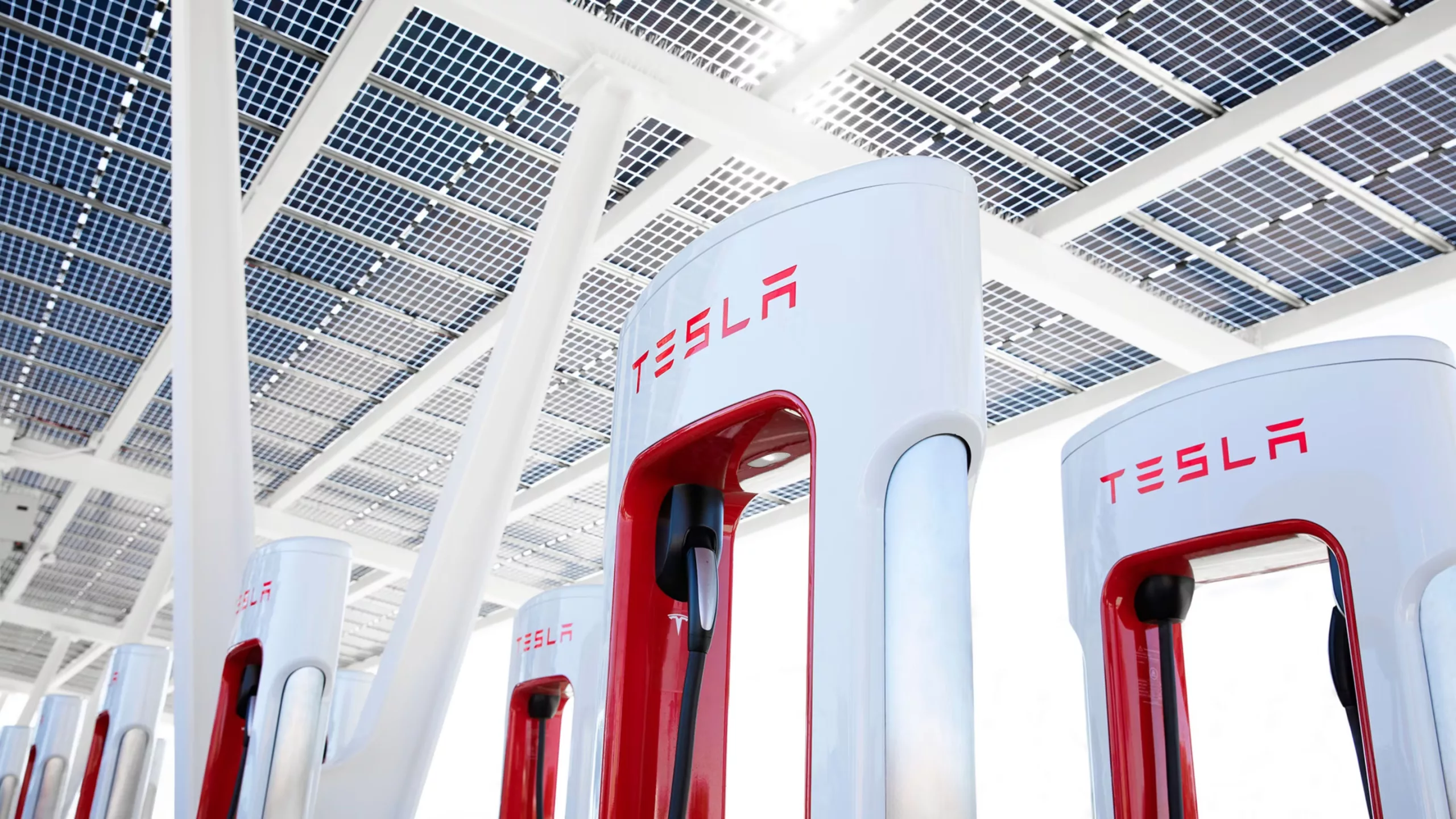Tesla is subtly transforming access to national parks across the United States with its deliberate expansion of Supercharger stations. This initiative not only makes it more convenient for Tesla drivers to explore these natural treasures, but it also enhances the overall experience by allowing EVs to support activities like camping with their battery packs.
A recent surge in Supercharger installations signifies a strategic pattern by Tesla to connect remote areas. Initially, acknowledgements of new stations in Texas hinted at this trend, with Alpine and Terlingua soon to bridge drivers to Big Bend National Park and its state counterpart.
Additionally, the company is upgrading infrastructure in Ely, Nevada, improving reliability for visitors heading to Great Basin National Park. The installation of 8 V3 stalls there, which are compatible with NACS via an adapter, will inclusively serve a broader EV demographic.
Enhancing Electric Access in Southern Utah and Beyond
Bryce Canyon City, Utah, is yet another site on Tesla’s list—positioned tantalizingly close to Bryce Canyon National Park. Despite existing dead zones for charging in the region, such as the Navajo-Hopi area, Tesla’s moves hint at a future where coverage is extensive and thorough.
While rugged landscapes like Canyonlands and the San Rafael Swell might be natural charging deserts due to their remote and wild nature, the adjacency of this infrastructure to places like Capitol Reef National Park, Goblin Valley State Park, and the Grand Staircase-Escalante National Monument proposes newfound possibilities for EV tourism.
With Tesla’s well-developed interstates strategy in place, attention is shifting towards these tourist gems that beckon adventurers from far and wide. These new charging stations will not only cater to park visitors but also enhance connectivity across the region’s intricate network of lesser-known roads.
Anticipating Further Expansion and Collaboration
Predicted additions to the Supercharger network may include spots like Torrey and Hanksville, Utah, indicating a methodical approach to enveloping all major tourist sites. This indicates Tesla’s commitment to enabling emission-free travel to more isolated locations.
Nevertheless, the responsibility to construct a comprehensive EV charging network does not rest on Tesla alone. Collaboration with other charging providers, small businesses, and the community will be crucial in the forthcoming years to ensure an all-inclusive infrastructure.
Furthermore, examining permits reveals Tesla’s broader plans unfolding in New Mexico, Montana, and Oregon, with upcoming Superchargers near White Sands, Glacier National Park, and Crater Lake, respectively. This expansion ensures that even EVs requiring adapters can partake in the growing eco-conscious tourism.
The completion of an EV infrastructure that reaches into niche destinations is more than a luxury; it’s a necessity if EVs are to be considered fully functional alternatives to conventional vehicles. As potential EV owners contemplate their next purchase, the ability to travel freely, regardless of the destination’s popularity, will prove integral in tipping the scales towards sustainable transport options.
